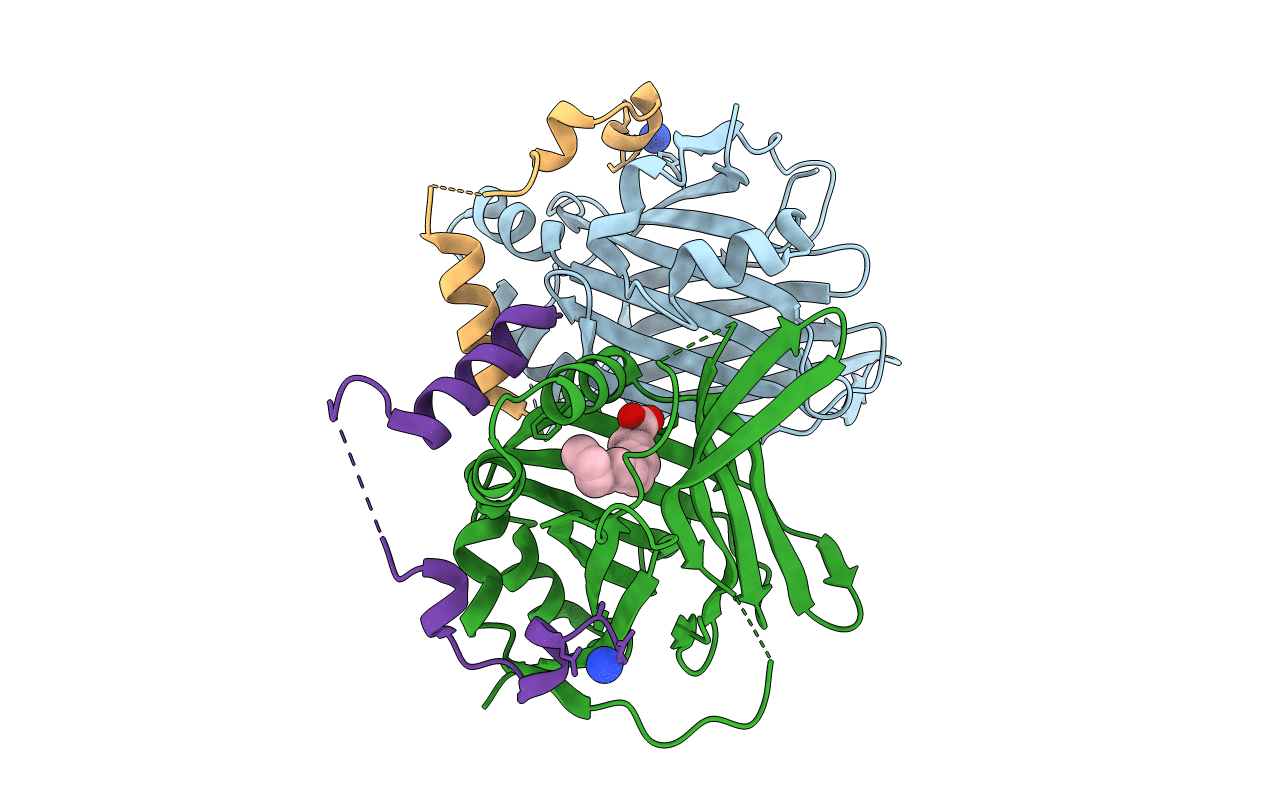
Deposition Date
2020-02-14
Release Date
2020-10-21
Last Version Date
2024-05-29
Entry Detail
PDB ID:
6Y20
Keywords:
Title:
Crystal structure of Protein Scalloped (222-440) bound to Protein Vestigial (298-337)
Biological Source:
Source Organism:
Drosophila melanogaster (Taxon ID: 7227)
Host Organism:
Method Details:
Experimental Method:
Resolution:
1.85 Å
R-Value Free:
0.22
R-Value Work:
0.18
R-Value Observed:
0.18
Space Group:
P 21 21 21


